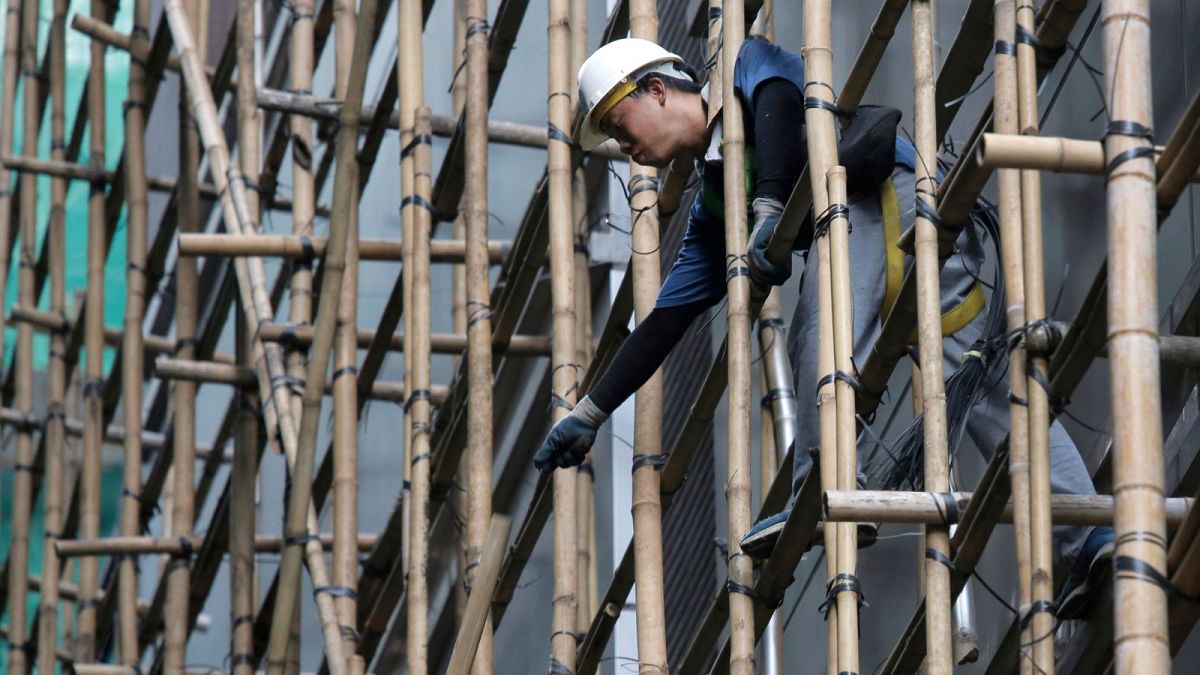

In a world where tradition meets modernity, the evolution of industry practices is an inevitable path. This is evident in the recent developments surrounding Hong Kong’s iconic bamboo scaffolding and the sustainability claims of the Adani Group in Australia. Both stories highlight different aspects of progress and the nuanced discussions that accompany them.
Hong Kong has long been known for its visually striking bamboo scaffolding, a construction technique that has been integral to the city’s skyline. Used for centuries, this method has provided an efficient and cost-effective solution to building needs. However, a gradual shift is underway as the local government encourages the adoption of metal alternatives. The reasons behind this transition stem from safety concerns and industry trends that favor more contemporary materials.
Bamboo scaffolding is an art form that requires skill and experience, but it comes with its own set of risks, primarily related to worker safety in high-rise construction projects. As urban environments grow more complex, the push towards metal scaffolding gains traction due to its durability and suitability in modern construction demands. Despite the change, there is an ongoing appreciation for this traditional craft, which remains an iconic representation of Hong Kong’s unique blend of cultural heritage and urban architecture. As the city transitions, efforts are being made to balance safety, efficiency, and preservation of this cultural legacy.
Meanwhile, across continents, the conversation around sustainability in energy sectors is stirring discussions as well. The Adani Group, a major player in the coal export industry, has sparked debate with its claims of contributing to sustainable energy development. Through its operations in Queensland, where coal passes through the Great Barrier Reef’s shipping channels, Adani asserts that it facilitates access to reliable and modern energy – a commitment aligned with one of the United Nations’ sustainable development goals.
However, these assertions have been met with criticism from experts, who have expressed concerns over such claims being labeled as “greenwashing.” Critics argue that Adani’s operations do not align with genuine sustainability efforts, pointing out that coal, being a significant source of carbon emissions, contributes to environmental challenges rather than offering a solution. This dialogue emphasizes the complexity of sustainability in the energy sector, where the interplay between economic development and environmental responsibility must be navigated carefully.
Both Hong Kong and Australia illustrate different facets of change and the broader dialogues they inspire. While Hong Kong gently transitions from bamboo to metal scaffolding, respecting its cultural heritage while embracing safety, the discourse in Australia reflects the ongoing global debate on the true essence of sustainability. These stories remind us of the balance required in advancing industries, where tradition meets innovation, and economic pursuits align with ecological responsibilities.
As we observe these changes, the importance of informed discussions and mindful strategies comes to the forefront. By understanding the nuances behind the headlines, we gain clarity and insight into how communities adapt and grow in harmony with an ever-evolving world.
Source: {link}
